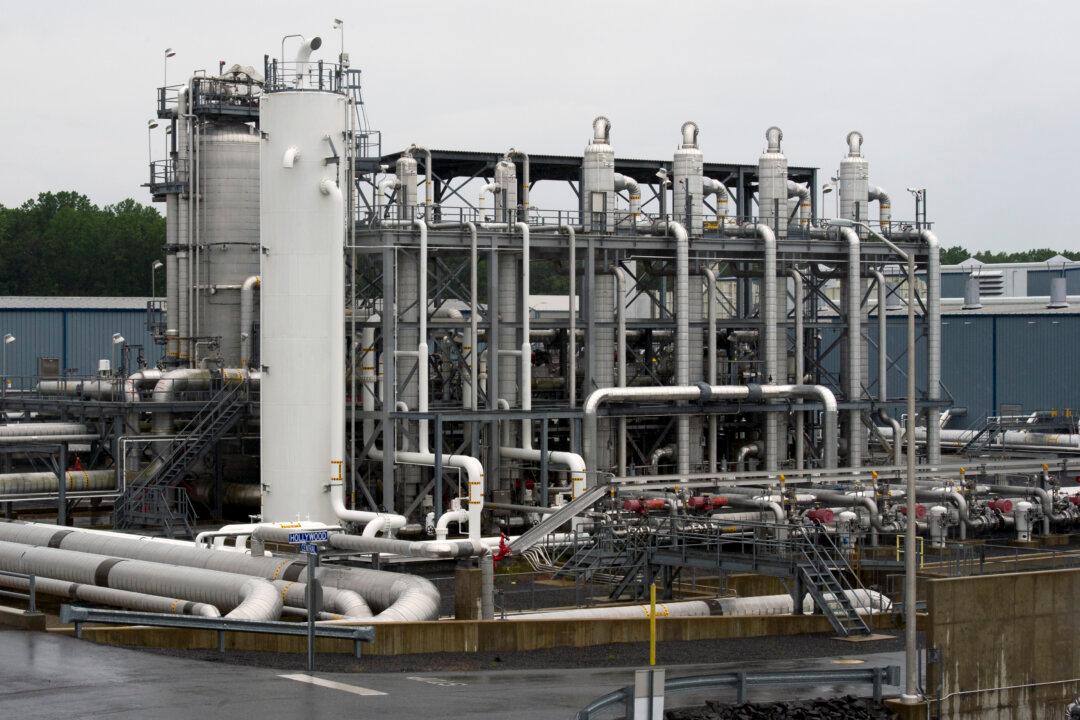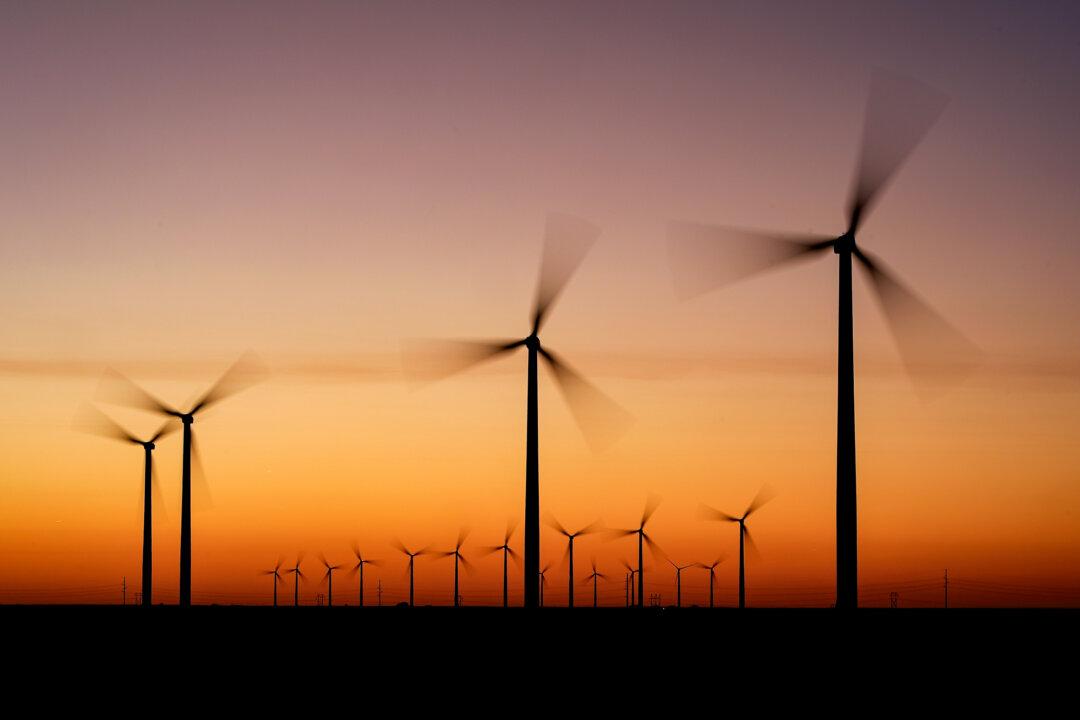A few short months ago, much of the world seemed doomed to a bleak energy future, with unreliable, taxpayer-subsidized “renewables” being foisted upon homes and businesses by governments kneeling at the altar of the climate cult. The result was nation after nation winning plaudits from the extreme environmental movement but being increasingly incapable of meeting the energy demands of the 21st century.
Thanks to U.S. voters in the 2024 elections, the world’s leading superpower has reversed course—and where America leads, the world tends to follow. Today, there’s renewed optimism that our energy resources will meet future demand—particularly as it relates to natural gas, the most affordable, reliable, and clean choice among traditional energy sources.
In some cases, the turnaround is in the form of projects producing more gas for domestic use. But even when U.S. projects transport gas to other countries, the new infrastructure, additional jobs, and an expanded tax base combine to benefit states and local communities.
In addition to the new gas pipelines from Pennsylvania to New York previously highlighted in this space—along with a growing list of other projects—three recently announced developments highlight the resurgence of natural gas.
While there remain skeptics because of the project’s cost, others are optimistic. State Rep. Chuck Kopp, a Republican, said the interest from Asian representatives and other favorable developments “give him confidence that it will be built starting in the next two or three years.”
In addition to supplying foreign countries, the project would also provide more natural gas within Alaska’s borders, available to Fairbanks by 2028 or 2029, according to the report.
In addition to providing U.S. natural gas to customers around the world, the project is expected to mean more than $4 billion in local property taxes during its operation and to support 3,000 jobs in the state, including 400 direct, permanent employees.
The project’s impact will reach far beyond Louisiana’s borders, with roughly 7,500 direct construction jobs and “tens of thousands of indirect subcontractor, part-time, and full-time jobs in over 30 states,” according to the report.
“Operating alone, a wind or solar farm can’t run a data center. Battery technologies still can’t store such large amounts of energy for the length of time required to provide steady, uninterrupted power for 24 hours per day as data centers require.”
Facing a “tidal wave” of new AI projects, companies are increasingly partnering with natural gas companies to “fuel the new era of demand.”
The Tribune story includes standard-issue climate cult handwringing. But it drives home the reality that “the yearslong wait times for turbines has quickly become the (AI) industry’s largest constraint in an otherwise positive outlook” and quotes one energy economy expert as saying, “If you’re looking at a five-year lead time, that’s not going to help Alexa or Siri today.”
Thanks to the radical policies of the recent past, the United States and much of the world seemed hell-bent on phasing out natural gas and other reliable energy sources, racing instead toward endless cycles of brownouts, blackouts, and complete grid failures brought on by the inadequacies of “alternatives.”
In the nick of time, thanks to Trump and other forward-thinking leaders, the turnaround has begun—and natural gas is leading the way.




